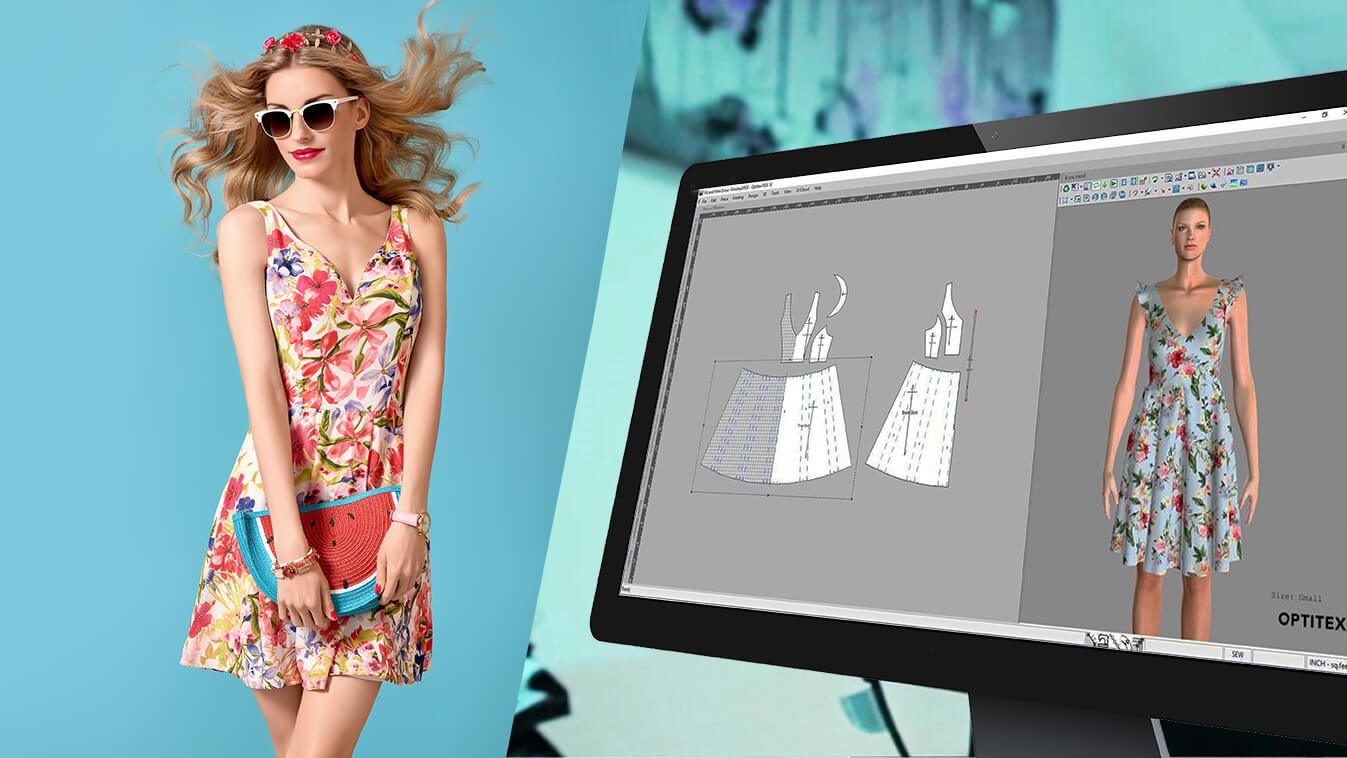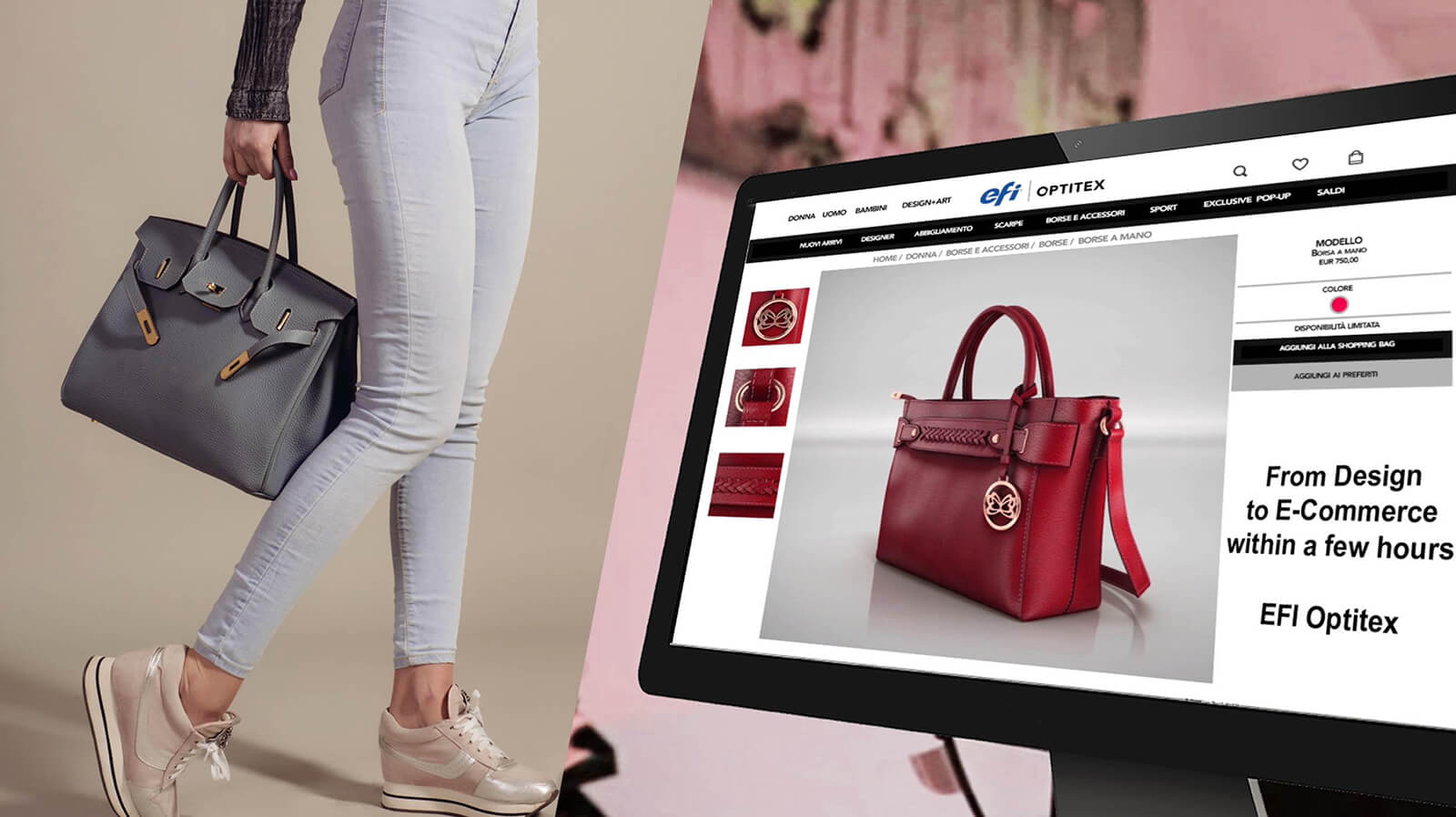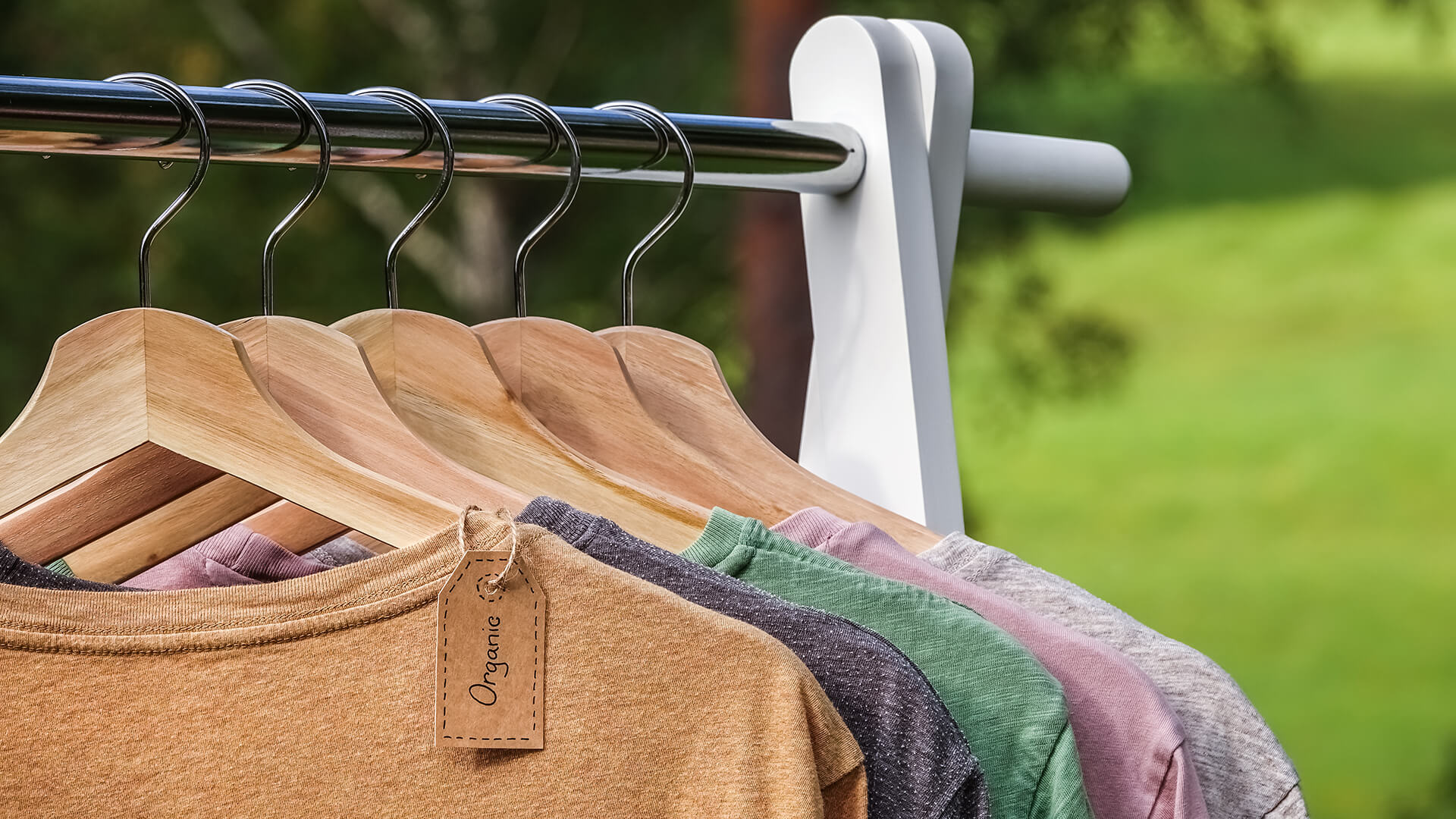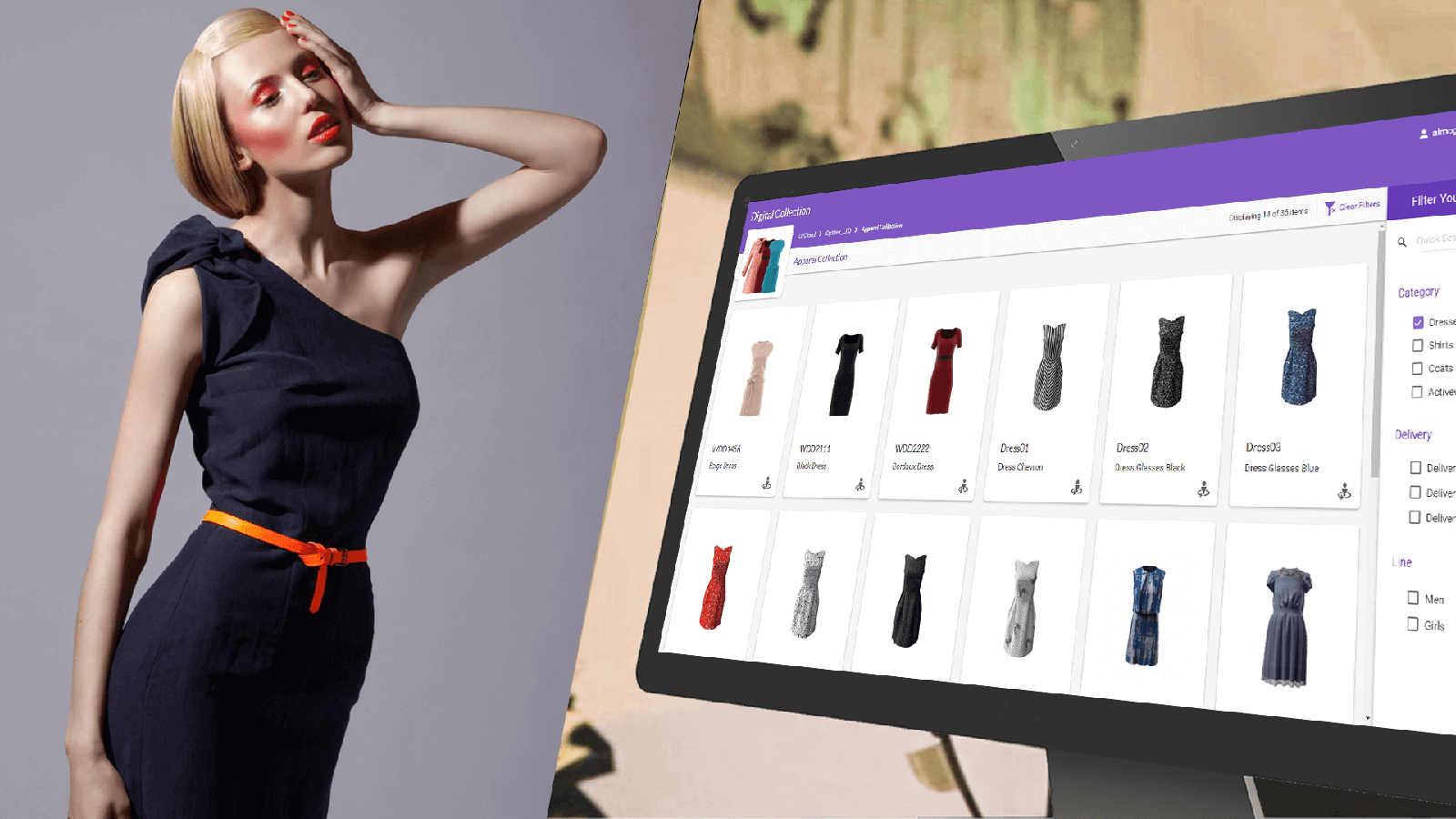How Traditional Fashion Houses Embrace Innovation

Leggi in italiano
One of the most interesting conflicts in the fashion world is between a traditional point of view and a groundbreaking one. On the one hand, elite fashion houses pride themselves on being around for centuries and offering timeless, iconic items. On the other hand, there’s the constant pursuit after the next trend in fashion and a strong desire to be the first to introduce it to the world. This is a business that is focused both on setting the rules and shattering them.
This internal conflict grows stronger as we examine fashion’s relationship with innovative technology. The tools and techniques offered to designers today excite and intimidate them all at once. In this article, we’ve chosen to take a closer look at the intersection of tradition and innovation, as it is manifested in today’s fashion business.
How old are you? The fashion industry’s traditional nature
To understand the traditional aspect of the fashion world, all it takes is a quick glance at its most respected brands. Gabrielle ‘Coco’ Chanel opened her first store back in 1910 and her name and legacy remain as relevant and strong as ever. An even older fashion house still operating today is Hermès, which was first founded in 1837 and created its first handbag in 1922. The brand’s iconic Birkin bag (yes, the one with the never-ending waiting list) was released in 1983. Another iconic item is the original Burberry trench coat, which was introduced back in 1912, and the list goes on and on.
It’s important to understand that these are not nostalgic vintage items but instead fashion staples that are sought after and purchased by audiences today. Leading fashion houses fully understand the power of their legacy and invest many resources and great effort in protecting it. That is why the idea of embracing new technologies and techniques may seem wrong and even dangerous. And yet, the only thing scarier than changing their iconic brand is staying behind while others march the fashion game forward. That’s why the leaders of fashion want and need to collaborate with the leaders of tech, forming a bond that respects the fashion house’s legacy while offering new directions.

Here are a few ways of doing that:
The people: Embracing young voices and designers
It was only a few months ago that France’s oldest couture house, Lanvin, named 31 year-old Bruno Sialelli as its new Creative Director. This is a bold move that marks Lanvin’s desire to adopt a fresh look following 14 years of creative work by the famous Alber Elbaz.
New, young designers play an important role in the fashion arena’s journey towards innovation. Designers who grew up admiring fashion icons but also using technology on a daily basis can find the connection between the two more easily. They are not afraid of technology and have seen it in all its glorious action. Their desire to leave a mark and make a statement encourages them to keep an open mind and look for the next groundbreaking tool.
The process: Embracing new techniques
Younger generations are also more aware of the wide range of concerns on the minds of today’s shoppers and business owners. They not only offer a new perspective in terms of design trends, but also transform the process and business conduct of the brand.
One example has to do with the increased level of sustainability offered by traditional brands. Leading fashion houses are now being judged not only based on their runway looks but also on their environmental awareness, which is manifested both in the water consumption and chosen materials, and their energy solutions for heating and cooling their offices. In addition to a higher level of transparency and corporate responsibility efforts, we see brands that create cruelty-free, ethically-resources and eco-friendly collections. The top designer Stella McCartney, for example, has made her opinion on these topics clear both in her interviews and in her brand’s designs.

These innovative methods are also focused on 3D modeling and printing solutions, like the PDS3D by Optitex, a 2D and 3D Integrated Pattern Design Software that allows brands to be more precise, eliminating the disturbing amounts of waste created by the fashion industry each year.


When the elite fashion brand Roberto Cavalli was looking to accelerate the design development workflow while maintaining the highest quality standards, the Optitex 2D and 3D suites provided Cavalli with a simple way of innovating the development and virtual prototyping procedures. The brand’s designers were able to fully visualize all aspects of the garment early on and create an instant simulation that saved time and prevented errors.
Chanel also relied on 3D printing for the brand’s innovative couture line by the legendary Karl Lagerfeld. While some appearances may be more of a gimmick, the overall trend promises a bright future for innovative fashion tools.
The experience: Communicating with your audience
As we’ve mentioned, fashion houses do their best not to stay behind. To achieve this goal, they must maintain an open dialogue with their audiences and adopt the technologies to help them do so with ease.
Social media channels allow designers to get instant, unfiltered feedback and spot trends as they begin emerging from the city streets. Sometimes, the audience is invited to participate in a direct dialogue with the fashion brand, like in the case of IBM’s Met Gala look, which was co-designed in collaboration with high-fashion label Marchesa and changed colors based on the brand’s social media activity. Some fashion houses take this connection to the next level and use Artificial Intelligence (AI) to analyze their audience’s behavior and predict the next trend.
Finally, brands transform the fashion experience by using tools that enable a better shopping experience. From smart mirrors and Optitex’s Digital Collection to a front row seat at Dior’s fashion show through its VR headset, customers are given a variety of solutions that together form a more comfortable and exciting fashion environment.

Another fascinating use case for innovation is the possibility of personalizing fashion to fit customer’s need for self-expression and individualism. By using advanced technologies like 3D, brands are able to create faster and smaller collections which are inherently more personalized and contemporary.

The fashion industry moves fast and has been doing so even during its more traditional years. Today, this crazy beat is faster than ever, and what may seem like ideas taken out of our favorite sci-fi series quickly turns into must-have reality. As customers learn to use technology in their benefit, they are likely to demand these advantages from any and every retailer, no matter how prestige or traditional they are. Smart fashion houses will recognize the great business opportunity in innovation and find new ways of incorporating it to enhance their products and reputation. Thanks to creative and bold minds in the fashion and tech industry, we can expect things to get even more interesting, very soon.

 English
English  French
French  Italian
Italian  Spanish
Spanish 